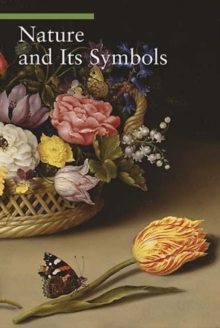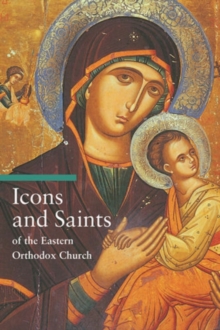
Paperback / softback
Description
The Getty Villa in Malibu includes the only museum in the United States devoted solely to classical antiquities.
The Museum building seeks to replicate the ground plan and major architectural features - insofar as they have been studied and documented - of the Villa dei Papiri in Herculaneum, which was destroyed by the eruption of Mt Vesuvius; the surrounding landscaping is modelled on ancient Roman gardens.
After undergoing lengthy renovations in its conversion from a site originally dedicated to the Museum, its six curatorial collections, and related conservation departments, the site is opening in winter 2006 as an expanded centre for the study of classical art and culture.
In addition to the renovated Museum building in which the antiquities collections will be displayed together with special exhibitions, the site will house a new Villa Scholars program organized by the Getty Research Institute, an analytical laboratory staffed by the Getty Conservation Institute (GCI), and a new training program dedicated to the conservation of archaeological and ethnographic materials co-organized by the GCI and UCLA. New facilities also have been built to house the expanded bookstore and cafe as well as educational programs and theatrical productions.
The first chapter of this guide describes the history of the site and J Paul Getty's decision to house his growing collections in a structure based on an ancient Roman villa.
The destruction of the Villa dei Papiri in AD 79 and its rediscovery in the eighteenth century are discussed in the second chapter.
The third chapter takes readers on a tour of the Getty Villa and its gardens, from the new entry court and outdoor theater into the atrium and Museum galleries.
Special rooms, such as the Basilica, the Hall of Colored Marbles, and the Temple of Herakles, are described in some detail before the tour continues in the gardens.
The final chapter briefly describes the installation of the collections.
Information
-
Available to Order - This title is available to order, with delivery expected within 2 weeks
- Format:Paperback / softback
- Pages:120 pages, 20 b&w illustrations, 110 colour illustrations
- Publisher:Getty Trust Publications
- Publication Date:28/01/2006
- Category:
- ISBN:9780892368280
Information
-
Available to Order - This title is available to order, with delivery expected within 2 weeks
- Format:Paperback / softback
- Pages:120 pages, 20 b&w illustrations, 110 colour illustrations
- Publisher:Getty Trust Publications
- Publication Date:28/01/2006
- Category:
- ISBN:9780892368280










